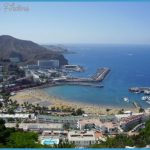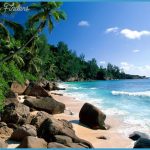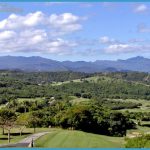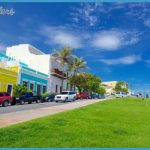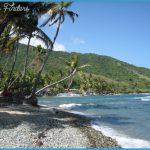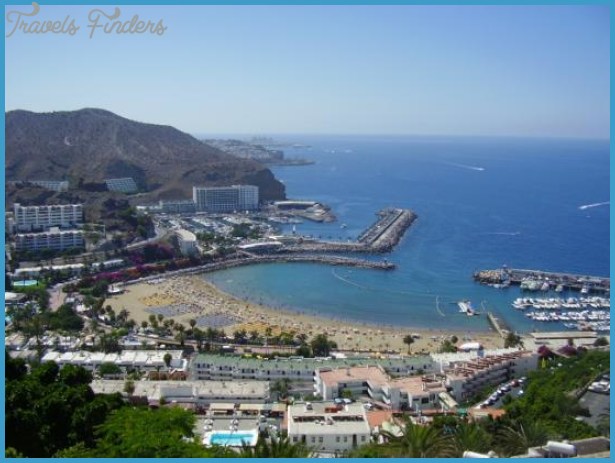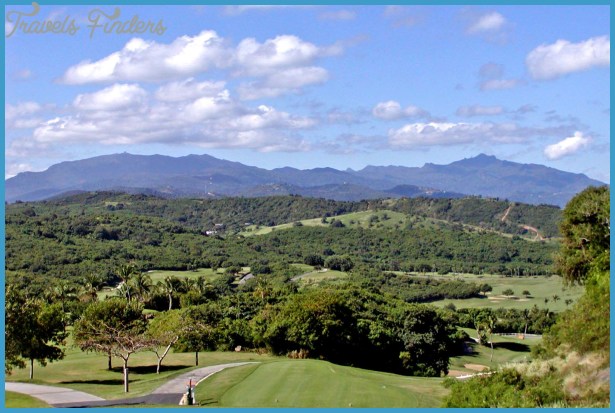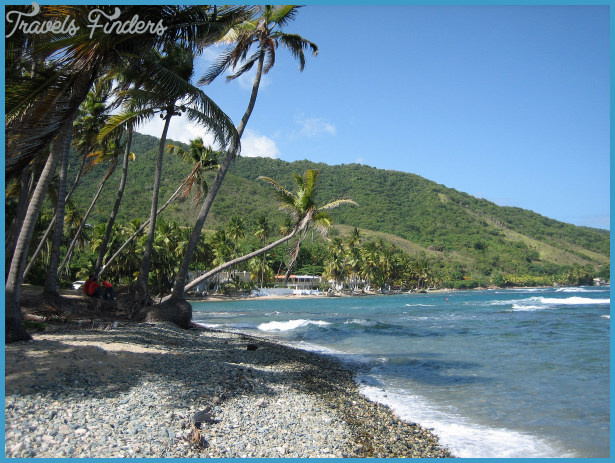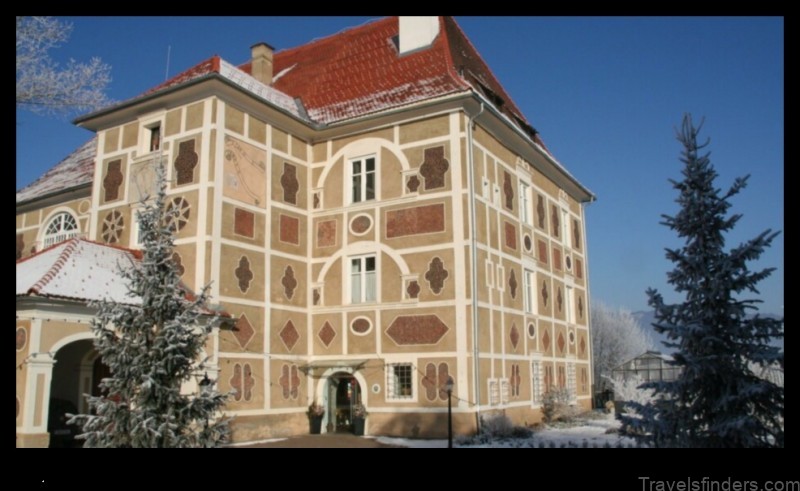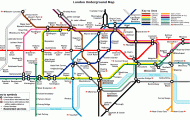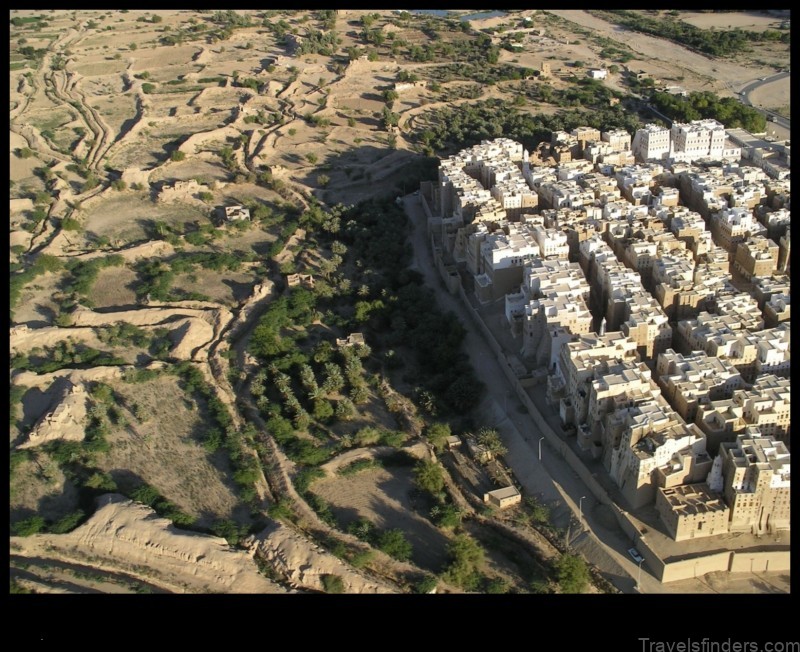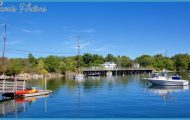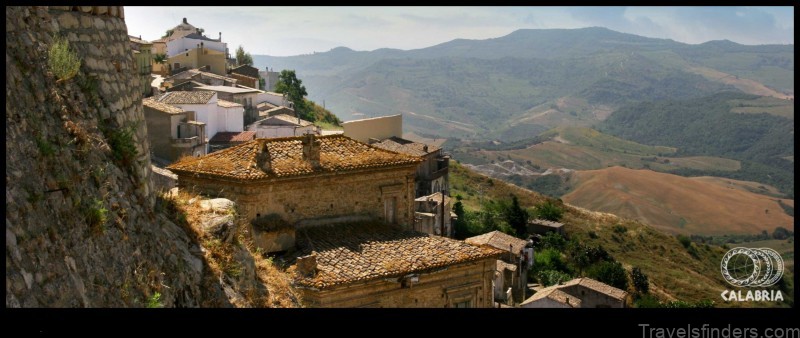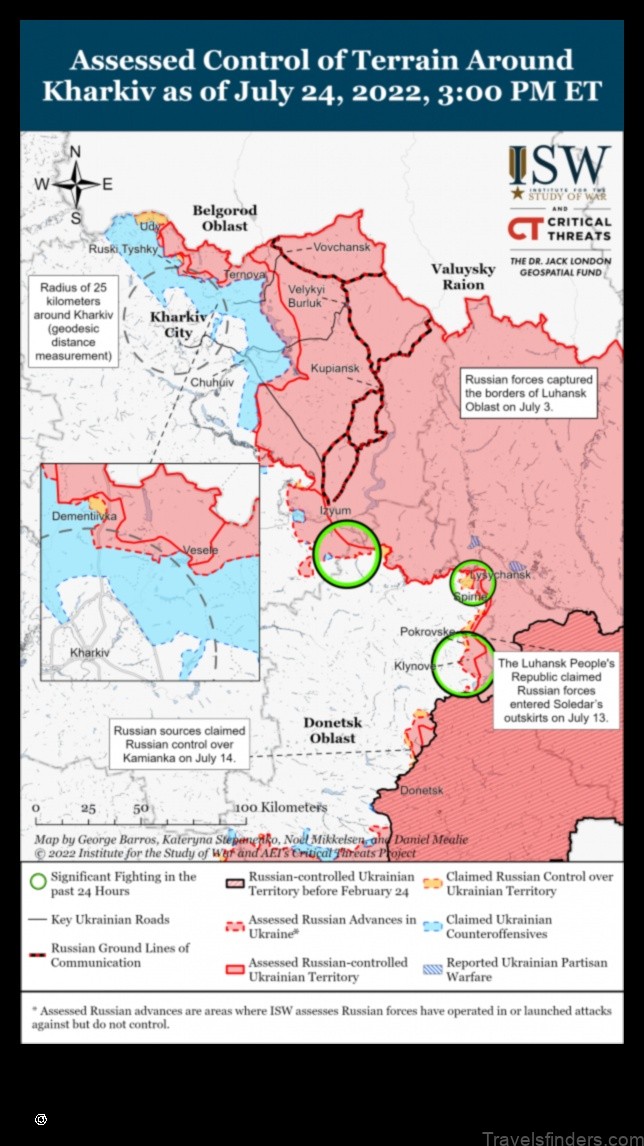Puerto Rico, just east of Hispaniola, is a major Caribbean destination and the international airport in San Juan, the capital, is an air transit point for the Caribbean. Miles of beautiful beaches, comfortable swimming temperatures and easterly tradewinds make Puerto Rico a desirable winter vacation spot. Sometimes surly service by guest-contact employees and ambivalence toward tourists and tourism on the part of a large number of residents make Puerto Rico less attractive. This probably accounts for the fact that the number of tourists to Puerto Rico is less than 800,000. The Puerto Rican Tourism Company puts the numbers of visitors at two million, which undoubtedly includes Puerto Ricans returning for home visits and the cruise ship day-trippers.
San Juan, a city of 435,000, has first-class hotels and stores. It is reminiscent of Las Vegas with its revues and casinos. The Caribe Hilton sits on the site of an old fortress. Near San Juan is El Yunque, a tropical rain forest. Most visitors stay in the Isla Verde section, near the international airport, and the Condado Beach area, near downtown San Juan. The interior is hilly with a mountain range, the Cordelia Central, running the length of the island. The highest point is 4,389 feet. Total population of Puerto Rico is about 3.2 million.
Although Puerto Rico is among the wealthiest of the Caribbean islands, its per capita income is about half that of the poorest state in the United States. Unemployment is at least 20 percent; half the population is eligible for food stamps. Sugar cane, once its main source of income, is now subsidized by the government and operates at a net loss, an outmoded public employment program. Puerto Rico has an ambiguous status, a so-called Commonwealth, not a full-fledged state of the United States. Puerto Ricans, however, are U.S. citizens.
El Morro in San Juan is one of the two massive forts built in the Caribbean. The other El Morro guards Havana harbor. These ponderous fortresses are unmatched among the dozens of forts in the Caribbean region. The only others that come close are La Citadelle in Haiti built by the mad ruler Henri Cristophe, and the British-built Brimstone Hill on the island of St. Kitts. Puerto Rico’s El Morro sits on a cliff (morro) on an island
FIGURE 7.7 El Morro Fortress. A principal attraction of Puerto Rico is the El Morro Fortress, which guards the entrance of San Juan harbor. The massive fort, begun in 1539 and completed over a period of two-and-a-half centuries, was one of the principal bastions of the Spanish empire in the New World. A number of similar forts were built throughout the Caribbean as Britain, Spain, France, and the Netherlands vied for control of the area.that forms part of San Juan Harbor. The fort was built over a two-hundred-year period. The governor’s residence, also on the island, La Forteleza, lays claim to being the oldest such official residence in continuous use in the Caribbean. The Castillo de San Juan del Morro, official name of El Morro, is separated from Old San Juan by a nine-hole golf course and is maintained by the U.S. National Park Service. Visitors are welcome for a nominal charge. The governor’s residence is often the scene of parties for visiting groups such as travel agents and dignitaries.
Old San Juan, which backs up to El Morro and La Forteleza, has its own fort, Fort San Cristobal. A central square, Plaza de Colon, and close to 250 buildings which have been restored, shops and restaurants, galleries and crafts centers, night clubs and residences make Old San Juan by far the most interesting tourist area in Puerto Rico.2
The government has tried valiantly to spread tourism to other parts of the one-hundred-by-thirty-five-mile island with moderate success. Small paradors, inns, operated by families in various places around the island, are government protected. Culebra, a dependent island, is also being promoted. An hour and forty-five minutes by ferry from the village of Fajardo in Puerto Rico, Culebra is visited by snorkelers, scuba divers, and sailors.
The Dorado Beach Hotel and the Cerromar Hotel are luxury properties built by Laurance Rockefeller and now managed by the Regency Hotels, a Hong Kong based management company. The Caribe Hilton, built under the aegis of Operation Bootstrap in 1948, was the first of the modern-day high rise resorts in the Caribbean. It was built by the Puerto Rican government. Conrad Hilton received the contract to operate it and to get one-third of the profits. With a gambling casino, the hotel for many years produced $3 million a year in profits and stimulated resort development throughout much of the Caribbean. Puerto Rico today has about ten thousand guest rooms. The major market for the island is New York City.
Visitors to Puerto Rico usually eat in hotel dining rooms and many do not relish the native cuisine. Rice and beans, habichuelas, are basic. Arroz con polio, rice and chicken, is a typical dinner item. Paella, a transplant from Spain, has its own Puerto Rican character. Plantanos (a banana relative) are usually fried. Lechon asado, roast suckling pig, is a festive dish. Restaurant dinner hours are generally 8 p.m. to 10 p.m.

